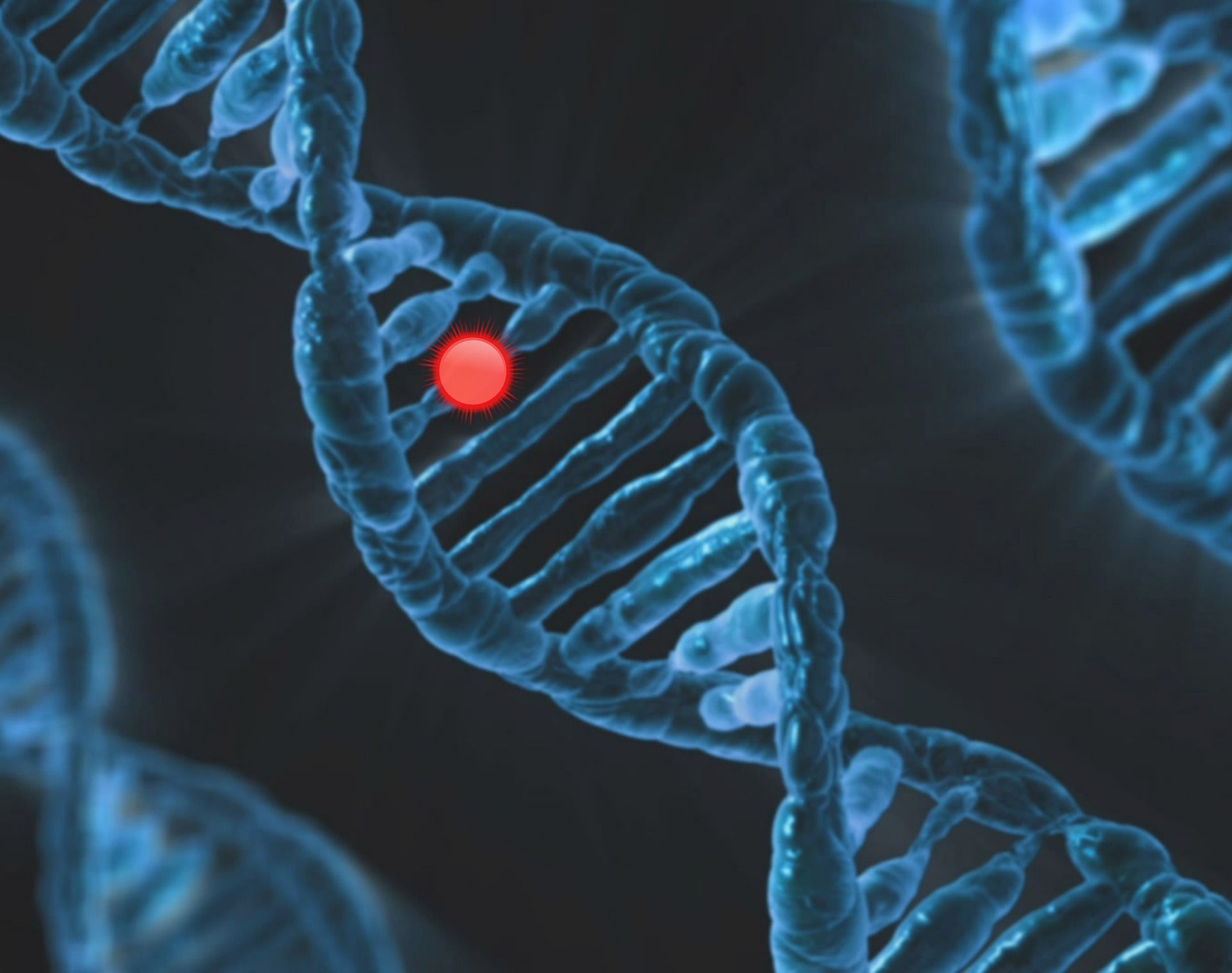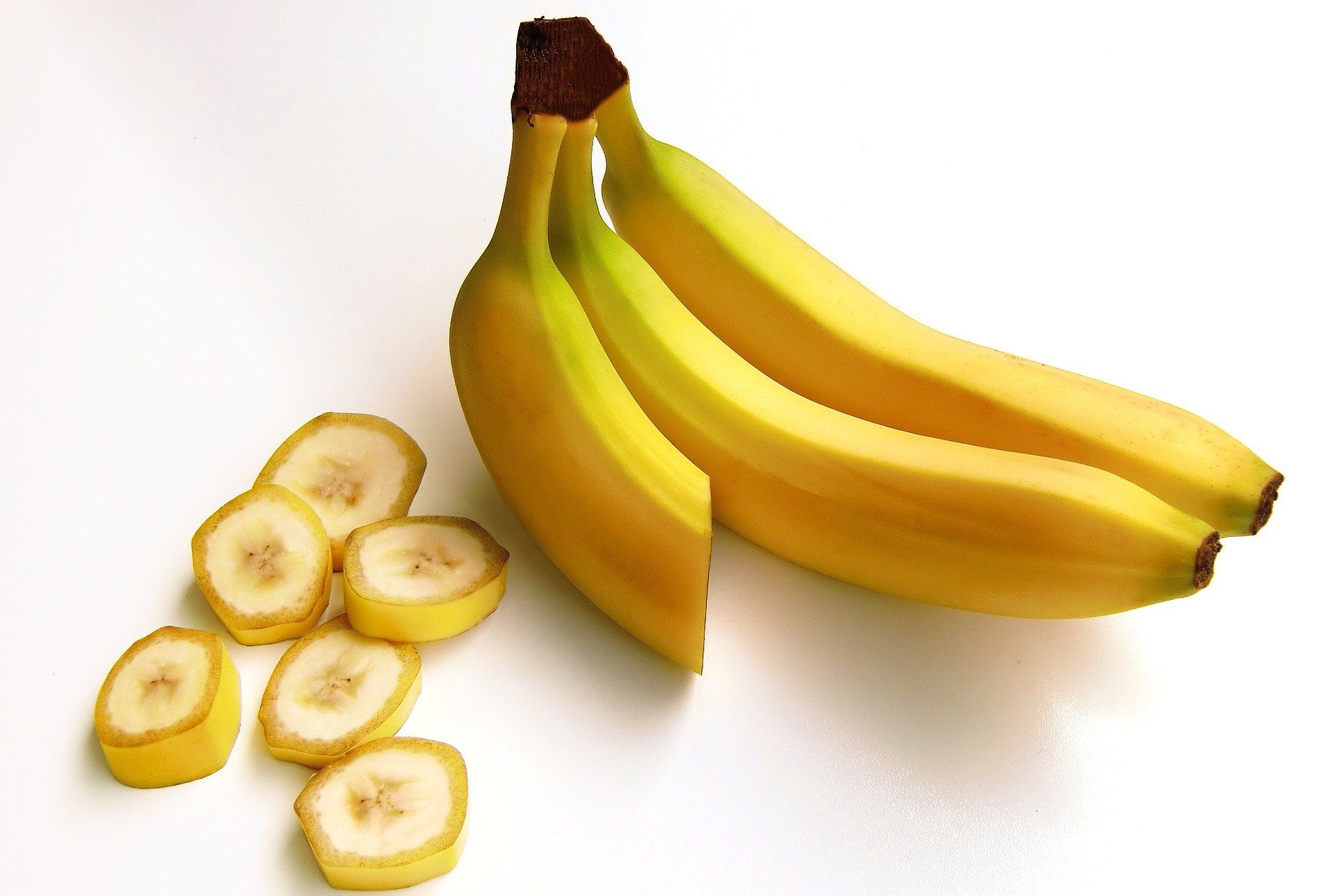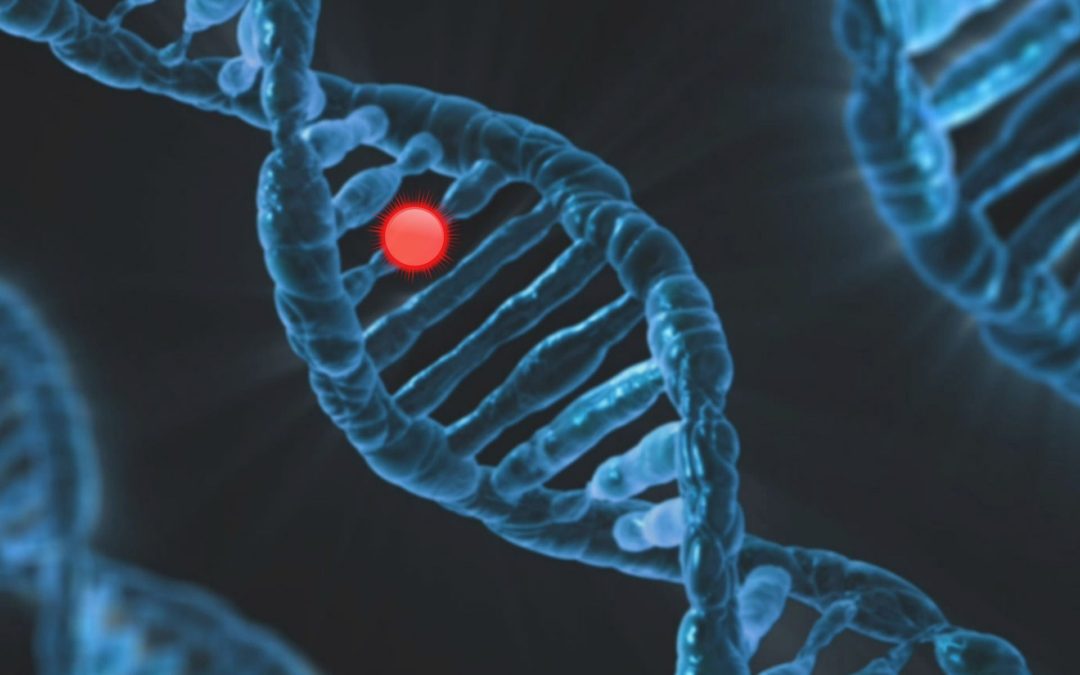
The Crispr gene scissors have an enormous potential to cure diseases, but one problem is that it sometimes makes changes to the wrong part of the patient's genome.
But now researchers have developed a method that makes Crispr 4,000 times less likely to cut the wrong areas of the genome.
There are other methods that also reduce the number of errors, but they make it much slower to use Crispr.
"You can compare other methods with a self-driving car that becomes safer if it is only allowed to drive at 15 kilometers per hour. Our method is as safe as the other methods, but it allows the car to be driven at full speed", says Jack Bravo, a researcher at the University of Texas and one of the researchers behind the method, in a press release.
The researchers call their method SuperFi-Cas9 and in simple terms, what the researchers discovered is that Cas9, the protein that Crispr uses to cut the genome, can carry out repairs of cuts that are not perfect and can thus continue cutting in the wrong area.
"It's as if you had a chair where one of the legs fell off and you used tape to fix the chair leg. The chair would still work, but it would be wobbly. It's an 'ugly repair'", says Jack Bravo.
In SuperFi-Cas9, the researchers redesigned the Cas9 protein a bit so that it does not stabilize the incorrect clipping. Instead, the protein gives up as soon as the clipping is not perfect and does not cut anything off there.







